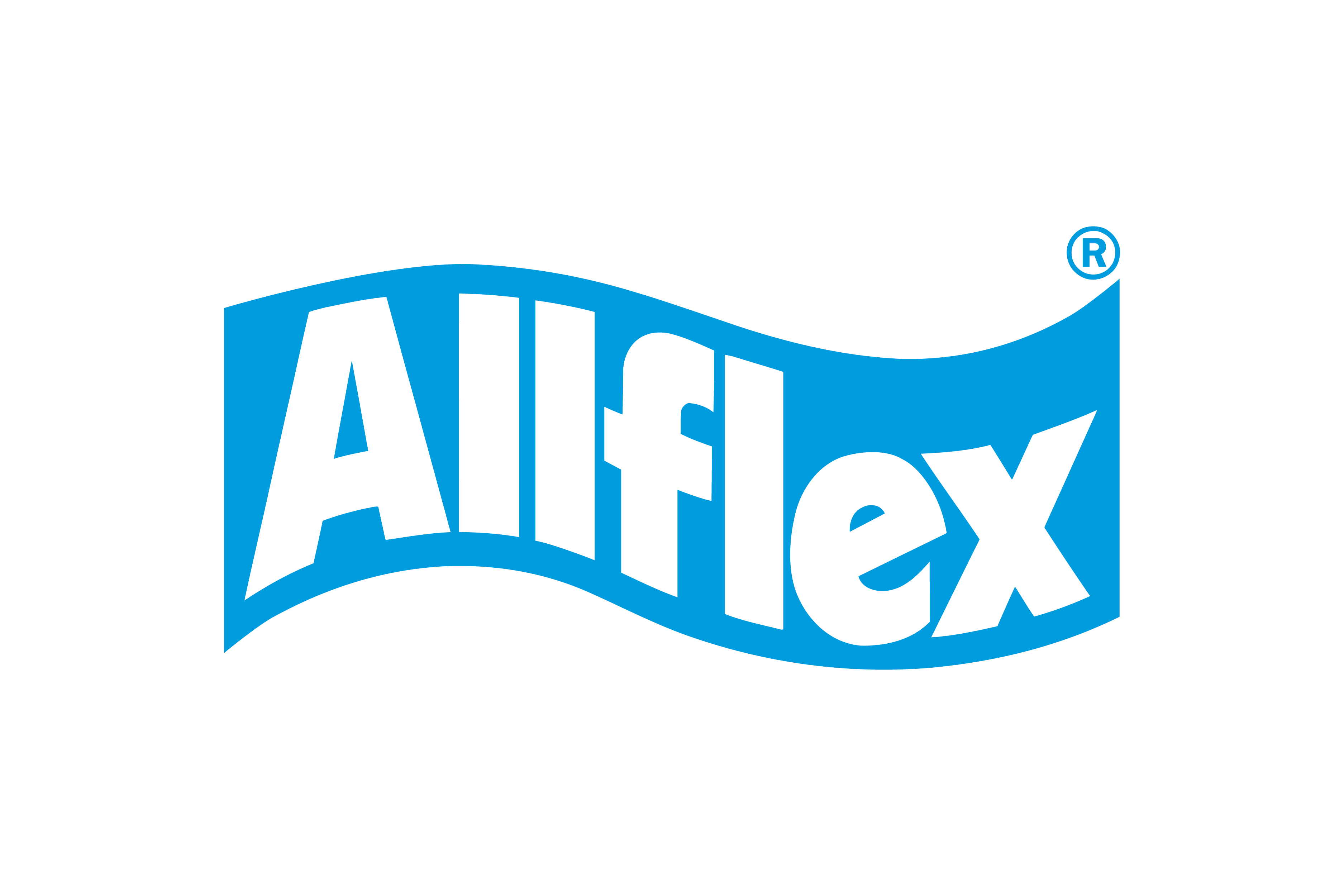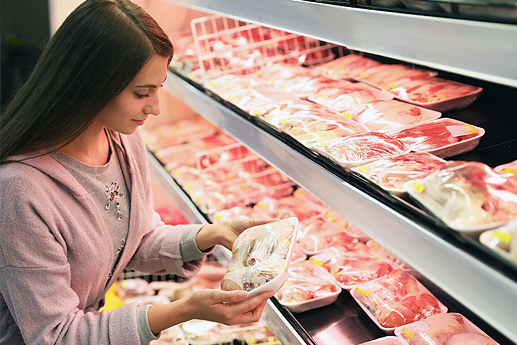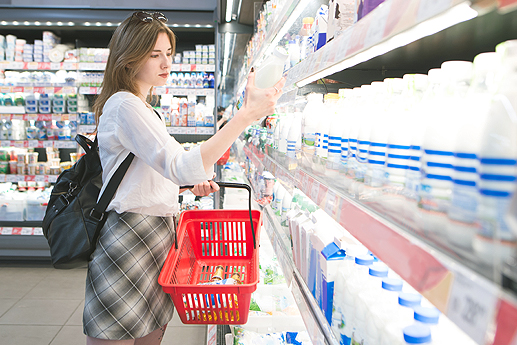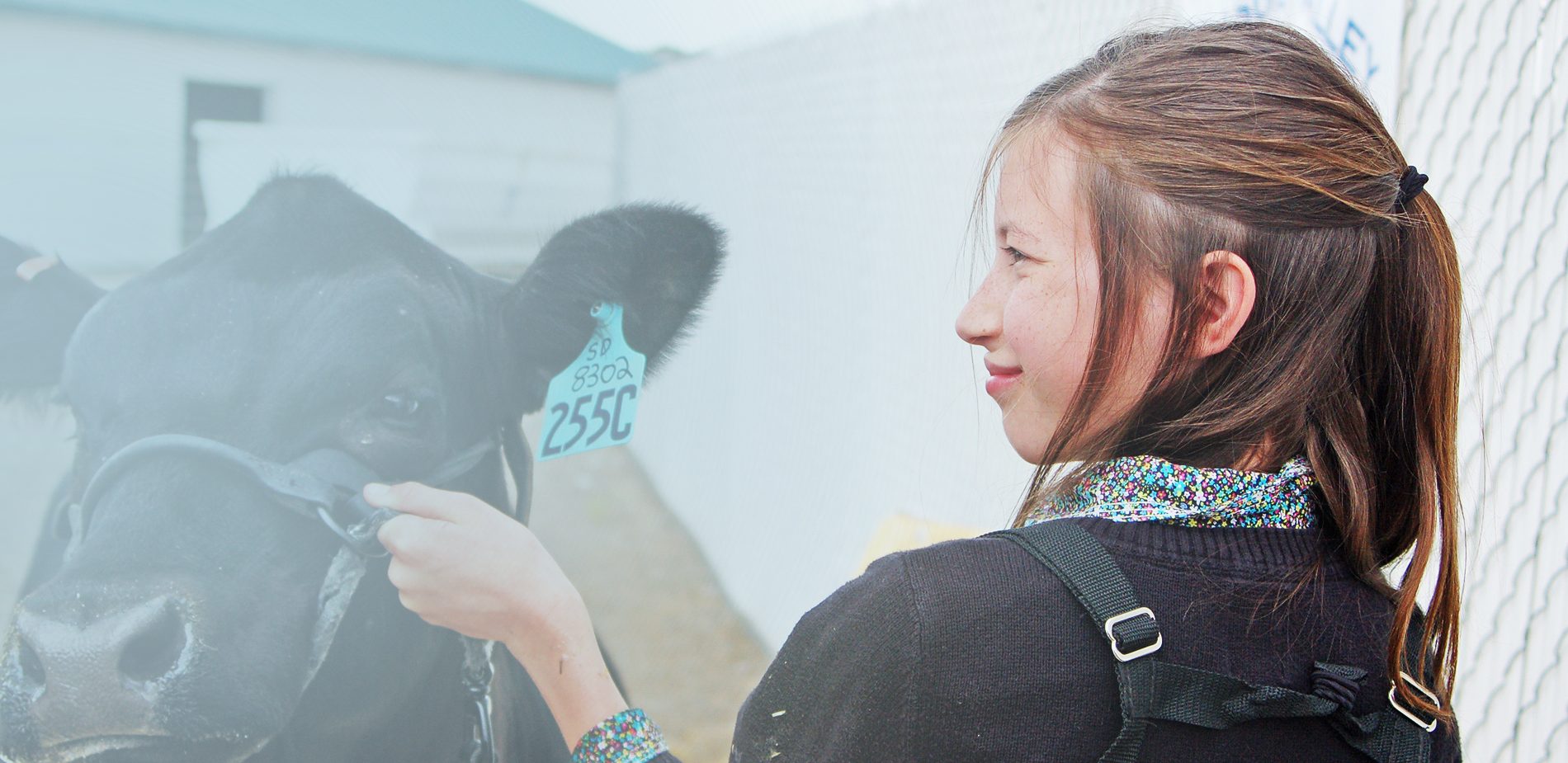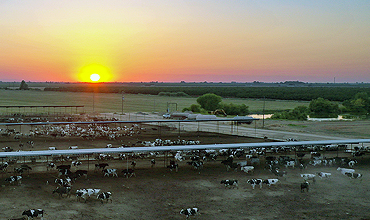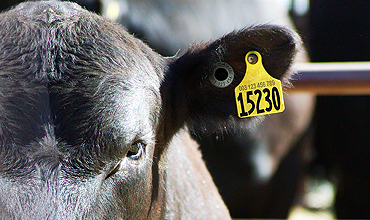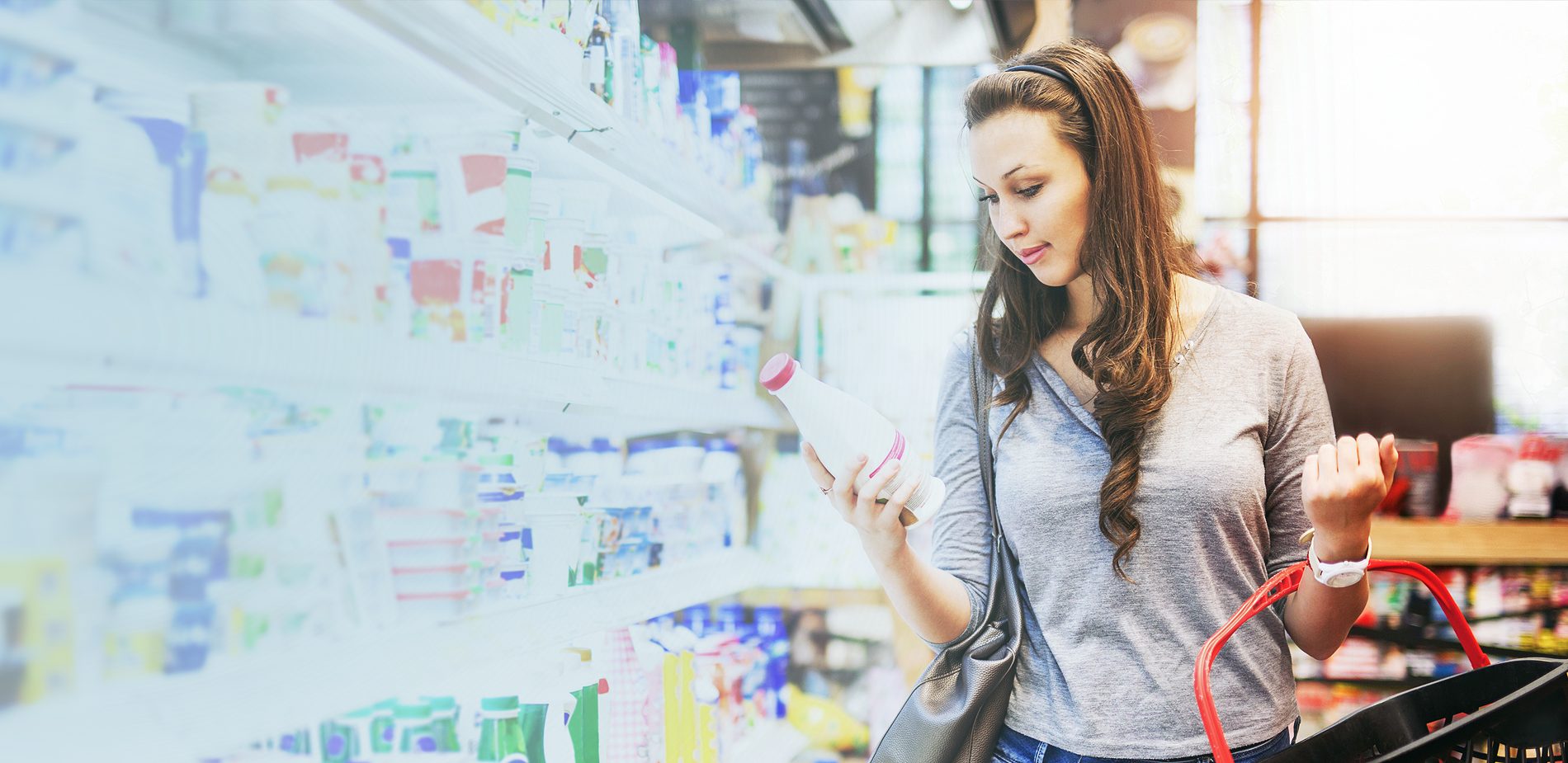
How consumers can gain trust in the food they eat
Today’s consumers increasingly want to know where their food comes from; the journey from farm-to-fork. To provide a full picture, a traceability solution is needed across the supply chain. And for the beef and dairy industry, a cattle health monitoring and identification solution is a good start.
The concept of farm-to-fork is basically the story of the journey our food has taken to reach our plates. But it’s not quite as simple as that. That’s because in agriculture – and even more so the cattle industry – there are many steps to trace along the way. For example, while a cattle health monitoring system, can tell you about a cow’s welfare while at the farm, that’s only part of the picture. For consumers to gain trust in the food they eat, they need good hard data from across the supply chain, communicated to them in a way that resonates with the values they seek.
Why beef traceability matters
While traceability is relevant for all food products, demand and complexity are particularly high when it comes to meat products. The supply chain for beef is very long, with many different stakeholders; and without data sharing, no one can be sure what exactly transpired in the step before.
For example, beef is often sold with a promise in terms of its origin. This is especially true for premium beef products, like Kobe steak. You can go to the butcher who may tell you that a specific piece of meat is the real deal, but without traceability, it’s impossible to know for sure that it came from Japan’s Hyōgo Prefecture, and was produced according to Kobe beef rules. Even the person the butcher bought the steak from likely doesn’t know for sure. People can trick each other or make mistakes, and there’s no clear proof with so many intermediaries along the way.
The goal is then to create a scenario that allows the butcher to prove food traceability. That is, that this piece of meat is 100% guaranteed to be Kobe beef. Beyond giving the butcher credibility, such a solution would also give consumers a feeling of control.
The other overarching incentive of a data-based traceability solution is food safety. For example, if bad meat is found in a store, it’s crucial to trace it back to where it came from, and thus identify which specific meat products are likely to also be affected. More than a hypothetical consideration, this has actually happened numerous times, such as the ongoing African Swine Fever (ASF) epidemic in China which has led to widespread destruction of inventory and culling, and the horsemeat scandal of 2012.
Allflex’s contribution to traceability and trust-building efforts
Allflex has several solutions to help towards traceability and trust-building efforts. The primary example here is our simple visual identification tags, which are tamper-proof and can be controlled in terms of which numbers are printed on them. Going a step further, our electronic identification tags add more possibilities for traceability.
Any such identification system can be enhanced by tissue sampling or monitoring. For example, the Allflex Tissue Sample Unit (TSU) and Tissue Sample Tags (TST), allow any farm worker to take unique, clean tissue samples from all tagged animals, including cattle, sheep, pigs, deer, alpacas, camels, fish, and more. Doing so provides DNA sampling that can be used to indicate the disease status of the animal, parentage verification, or genetic selection.
Another type of solution, which we are working on today, is a vast portfolio of connected readers. Since Allflex solutions already have electronic identification (EID) tags, placing readers in many different locations would make it possible to report every single event. This would provide insight into everything that happens to an animal along its life course. For example, a reader on a truck would let you know that a specific cow got on or off a truck. Or you could scan a cow when she gets medications, so you would know if and when you can use her milk.
Returning to the bad meat scenario: with full lifecycle data it would be possible to understand which farm the diseased animal was raised on, which sale yard it was purchased at, which meat packing plant it was sent to, and what trucks it traveled on, all the way to the store or restaurant. Armed with this info, a recall or culling could be confined to just the animals that came in contact, or passed through the same touchpoints, during the relevant timeframes, instead of having to destroy all meat or animals from across a region.
A good example of how Allflex cow health monitoring can increase consumer trust can be found in our partnership with Nestlé. By monitoring animals 24/7 with the Allflex SenseHub solution based on predetermined health, reproductive, nutritional and wellbeing KPIs, Nestlé can now provide a digital welfare score based on science – which can’t be faked for a one-off audit. This in turn proves to consumers that their food is coming from animals which are well looked after, which is exactly what they want to know.
Innovative farm-to-fork initiatives already happening today
There are already several farm-to-fork initiatives underway. Most are on a local scale, but they give a good idea of what can be done.
For example, in Australia, Provenir provides a mobile on-farm processing unit that goes between farms, slaughtering onsite, and then delivering the meat direct to the butcher. In addition to reducing animal suffering during transport, this ensures the source of the beef is known.
Similarly, in the dairy sector, Lely, an Allflex partner, has released an on-farm dairy processing system that enables milk to be pasteurized and bottled right there on the farm. The automated system gives farmers more control, while reducing labor and costs. Consumers meanwhile get a pure milk product that is delivered directly, is better for the environment, and is sustainably produced – all things which they’re prepared to pay a premium price for.
It’s not just the cattle industry where farm-to-fork initiatives are taking place. There are already some shore-to-plate, or catch-to-consumer, initiatives, such as a yellowfin and skipjack tuna tagging initiative piloted by Provenance in Indonesia.
A cattle health monitoring system is a building block to a sustainable future
The end goal of traceability is all about improving trust and securing a more sustainable future – for the farmer, food processors, and consumers alike. But to get there it takes technology.
Innovative traceability solutions throughout the supply chain – from a cattle health monitoring system to a QR scanner at the butcher store – will allow better control, food safety, regulatory efficiency, and ultimately a better equipped industry, ready for the increasing challenges in the future. Trust us, it’s going to happen. In fact, it’s already underway.
